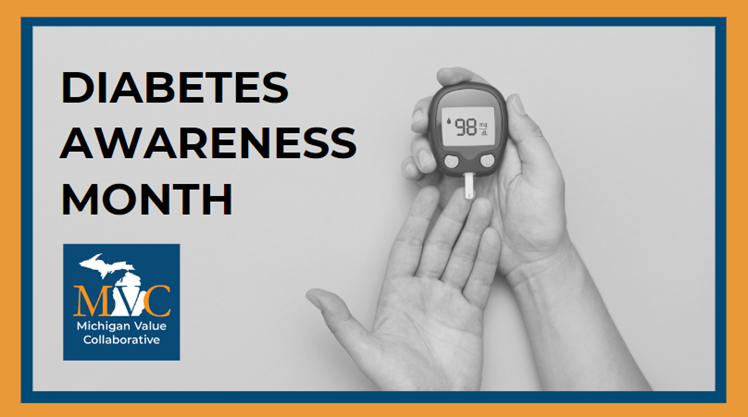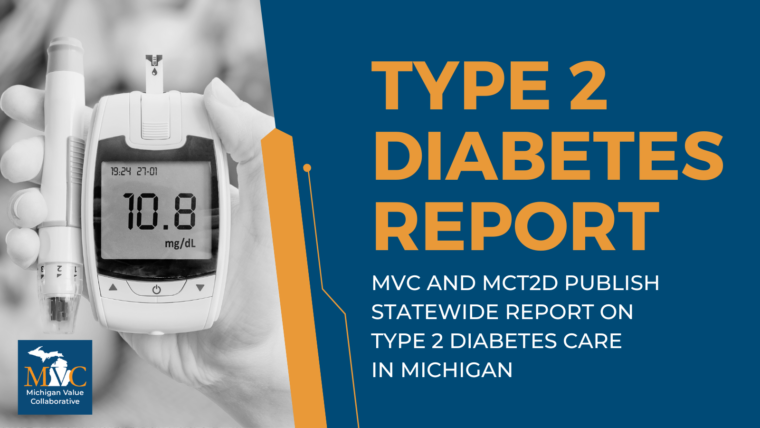Over the years, it’s become somewhat of a tradition for me to use our final blog of the year to step back and reflect on what we have achieved together over the last 12 months, as well as look ahead to all the exciting things in the pipeline for 2025. December has well and truly snuck up on us but what a year it’s been.
In 2024, MVC’s engagement with our 105 hospital and 33 physician organization members reached new heights. During this time, we held two flagship collaborative-wide meetings and delivered 22 virtual workgroups, incorporating 33 different member presentations as part of these events to foster continued information and best practice sharing. It’s therefore no surprise that are our average attendance numbers at each of these engagement touchpoints were far above previous years.
Our new cardiac rehab pages and other registry developments also led to a rise in the number of people accessing our online platform, with a total of 121 new registry users over the course of 2024. These new registry pages have helped increase engagement with MVC’s cardiac rehab value improvement initiative and we just launched similar pages for our preoperative testing initiative. MVC’s data analytic offerings continue to go from strength to strength as well, with 18 different sites taking advantage of MVC’s one-on-one custom analytic reports and all hospital members continuing to benefit from MVC’s refreshed suite of push reports.
The MVC Component of the BCBSM P4P Program kept us busy this year too, with end-of-year scorecards for PY23, mid-year scorecards for PY24, and program selections for PY26/27. In looking at PY26/27 in particular, the Coordinating Center worked in partnership with members and the BCBSM Hospital P4P Quarterly workgroup to develop and implement a number of changes for this future program cycle. As MVC continues to ensure that this program is truly representative of the patient populations that members serve, Michigan Medicaid will be added to the program come 2026. This represents a big win and means the MVC Component is now inclusive of all MVC data sources. Elsewhere, changes have been made to MVC’s episode condition and value metrics menus, and a new health equity measure has been introduced. We’re pretty excited about this new addition in particular so please feel free to reach out if you want to get in the weeds and learn more.
In addition to all this great work, a personal highlight of mine has been the continued evolution of the MVC Coordinating Center and more specifically, the continued growth of those people that make it such an enjoyable place to work. We have welcomed a few new faces to our team this year and with fresh eyes comes fresh perspectives; we’re excited to leverage these insights as we move into 2025. Speaking of which, we have a number of new developments for the coming year that I’m excited to be able to share with you.
New Preoperative Testing Registry Pages
In June of this year, we launched four new multi-payer reports on our online registry. These reports evaluate cardiac rehabilitation utilization and encompass all metrics previously provided annually in MVC’s hospital-level cardiac rehab push report for acute myocardial infarction (AMI), percutaneous coronary intervention (PCI), heart valve repair or replacement (SAVR or TAVR), coronary artery bypass graft (CABG), and congestive heart failure (CHF).
Following the success of these multi-payer registry reports, we worked to add equivalent pages for MVC’s preoperative testing measures. Those registry pages went live on our registry at the end of last week, and will allow members to select specific preoperative conditions and payers, customize date ranges, and filter by patient characteristics. MVC will hold educational webinars in January to help increase familiarity and improve user experience with these new multi-payer reports.
New MVC Component of the BCBSM P4P Program PY26/27 Registry Pages
Another addition to the MVC registry in 2025 will see new P4P pages added to reflect the recent changes shared for PY26/27. While these pages will look and feel very similar to those currently available for PY24/25, the main update here will be the launch of a dedicated page for MVC’s new health equity measure. We understand the importance of making sure that members have time to become familiar with this new part of the MVC Component; therefore, in addition to reporting on it for informational purposes in 2025 P4P scorecards, this new page will be live for member use towards the end of Q2.
MVC Push Reports and Custom Analytics
MVC’s suite of push reports will continue to be refreshed throughout 2025 and, in response to member requests, we will launch a new quarterly push report calendar. This is designed to inform members of which reports will be delivered when and therefore help strengthen internal organizational planning. As mentioned above, MVC has seen great engagement this year relative to our custom analytics, and we will be looking to share examples of such outputs with the collaborative in 2025 to increase awareness of their value and possible scope.
Updates to MVC’s Suite of Virtual Workgroups
In response to member feedback and recent surveys, MVC’s schedule for virtual workgroups has been updated for 2025. Over the course of next year, members will be able to hear directly from peers and the Coordinating Center on the following topic areas: cardiac rehabilitation, health in action (ad hoc topics), preoperative testing, post-discharge follow-up, rural health, and sepsis. More information can be found here.
Site and System-Level Visits
Over the course of 2024, the Coordinating Center conducted a number of virtual and in-person site visits, both at individual sites and in partnership with systems. These visits are designed to provide members with a more in-depth understanding of MVC and its offerings, as well as providing an opportunity for the Coordinating Center to strengthen its understanding of member activities, priorities, and system-level practices. Sites are able to earn P4P engagement points for participating in such visits; if you are interested in getting on the calendar for 2025, please don’t hesitate to reach out.
Thank you again for your continued partnership throughout the last year and we look forward to more successes in 2025. Have a great holiday and a happy new year when it rolls around.

































